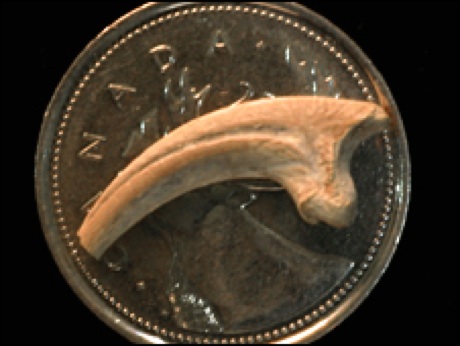The deal will hopefully bring the ELA some “stability,” says Diane Orihel, a freshwater ecologist who since mid-2012 has led a campaign to save the facility. The campaign began after the Canadian government pulled the project’s funding and handed pink slips to its team of 16 scientists and technicians. Last year, the lab, which conducts experiments in a system of 58 lakes, was saved from the bulldozers by a stopgap payment of $2 million from the provincial government of Ontario. Now, IISD has a chance to rebuild the ELA after years of neglect by the Department of Fisheries and Oceans, Orihel says.The ELA, the world’s only facility where researchers can intentionally poison whole lakes to monitor ecosystem effects, has an impressive research record: Its scientists were the first to find evidence for acid rain, and to fully diagnose the effects of pollutants such as mercury, phosphate, and synthetic hormones on aquatic life. IISD President Scott Vaughan tells ScienceInsider that he intends to build upon this past research, while looking to expand the scope of the facility’s science to investigate the effects of micropollutants and climate change on aquatic systems.
The takeover deal relies on agreements between Ontario and IISD, between Canada and IISD, and a third trilateral Canada-Ontario-IISD pact to ensure that all long-term data and physical samples from the facility are available to future researchers. Access to these freshwater data sets—some of the longest and most thorough in the world—will keep scientists coming back to ELA, backers say.
But the fresh management brings new challenges. The provincial government of Ontario has pledged $2 million a year for 5 years to cover operating costs and long-term monitoring. These funds will be topped up by Manitoba and Canada, which have promised $900,000 over 6 years and $250,000 per year for 4 years, respectively. But the provincial and federal moneys will not fund scientific experiments, which were previously funded through government grants. ELA scientists will now need to partner with universities to apply for those national grants. And beyond the next 5 years, the IISD will need to embark on a major fundraising campaign to keep the ELA open. “That’s an ambitious amount of money to raise,” Orihel says.
The next challenge will be to staff the facility. Vaughan says his goal is to invite back the scientists who previously worked at the ELA and offer them a job with IISD. That will be difficult, Orihel says: “The science team has been withering away for a number of years; as people retire they haven’t been replaced … some scientists got frustrated and took other positions.” She adds that the ELA is not just buildings and lakes, it is people, and the government should have done more to transition that previous team to a new operator.
If a new team can be found in time, the takeover comes just in time for experiments at the facility to resume in the spring. And this summer, after consultations with interested university-based scientists, the new research plan will be announced.
Brokering the deal has been a long haul, Vaughan says. IISD members are “incredibly grateful” to the scientists, including Orihel, who worked to save the ELA before IISD stepped in. He adds: “They are an impressive group of committed scientists.”

 TORONTO, CANADA—The Bank of Canada has issued an apology for expunging an Asian-looking scientist from a new $100 banknote after some Canadians objected to the figure. The bank’s governor said that the bank will review the design process for new currency in light of the ensuing public outcry.
TORONTO, CANADA—The Bank of Canada has issued an apology for expunging an Asian-looking scientist from a new $100 banknote after some Canadians objected to the figure. The bank’s governor said that the bank will review the design process for new currency in light of the ensuing public outcry.
 The smallest meat-eating dinosaur yet to be found in North America has been identified from six tiny pelvic bones.
The smallest meat-eating dinosaur yet to be found in North America has been identified from six tiny pelvic bones.